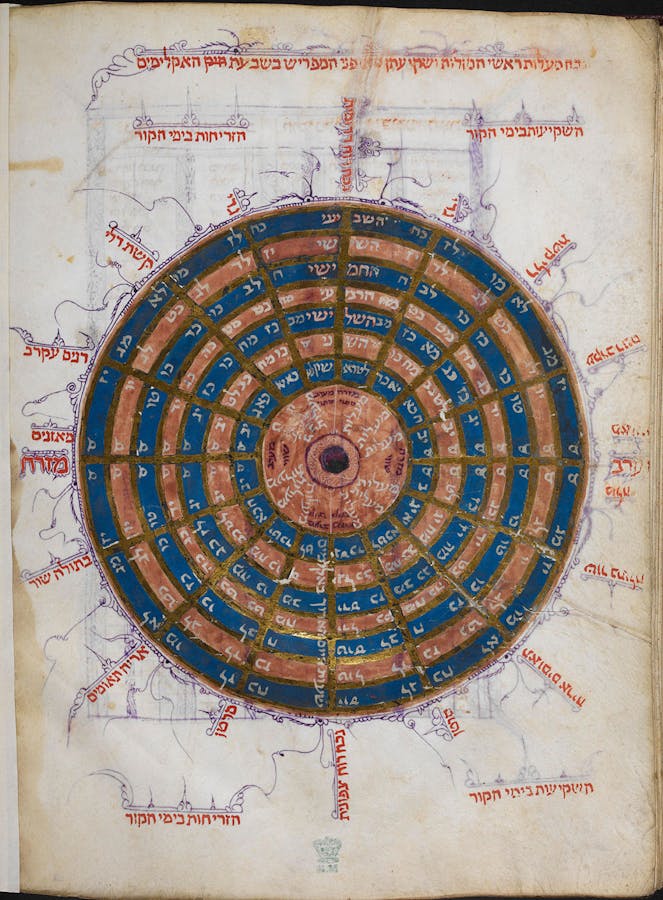The medieval church was an important patron of astronomy. The motions of the stars and planets were crucial for tracking time, allowing church leaders to create more reliable calendars and calculate the date of holidays such as Easter. This work not only preserved ancient knowledge but created new knowledge and laid the groundwork for Nicholas Copernicus and others.
In the sixth century, the Christian monk Dionysius Exiguus, known as “Denis the Little,” proposed a new calendar system that numbered years beginning with Jesus’s birth. Today, this system is accepted for civil use by people of all faiths. Perhaps the most important calendrical reform took place under Pope Gregory XIII. Most of the world still uses this “Gregorian Calendar,” adopted in 1582.
“Deum Creatorem Venite Adoremus” (Come, Let Us Adore God the Creator)
The motto of the Vatican Observatory, 1935
The Catholic Church has a long history of supporting astronomy. In 1774, the church established an observatory at the Roman College, which eventually became the Specola Vaticana, or Vatican Observatory. Today, the Vatican Observatory continues to make important contributions to the field.
In 1781, composer and astronomer William Herschel discovered the planet Uranus. In collaboration with his younger sister, Caroline Herschel, an astronomer in her own right, he also produced astronomical catalogs and was the first to create a detailed model of the Milky Way. William and Caroline viewed astronomy as a complement to their faith.
The Catholic Church has a long history of supporting astronomy. In 1774, the church established an observatory at the Roman College, which eventually became the Specola Vaticana, or Vatican Observatory. Today, the Vatican Observatory continues to make important contributions to the field.
In 1781, composer and astronomer William Herschel discovered the planet Uranus. In collaboration with his younger sister, Caroline Herschel, an astronomer in her own right, he also produced astronomical catalogs and was the first to create a detailed model of the Milky Way. William and Caroline viewed astronomy as a complement to their faith.












